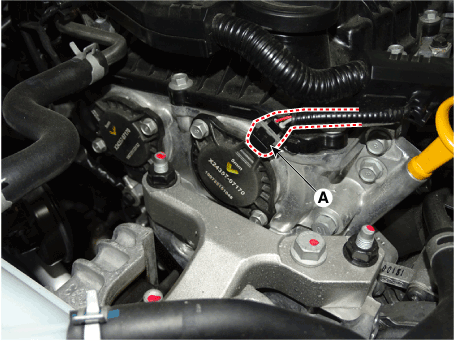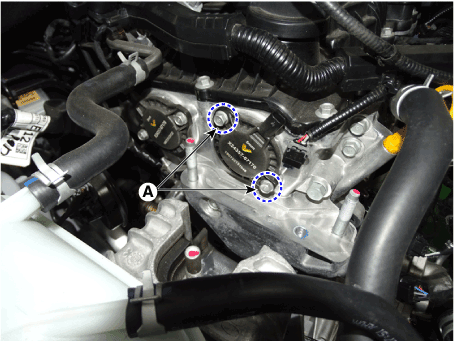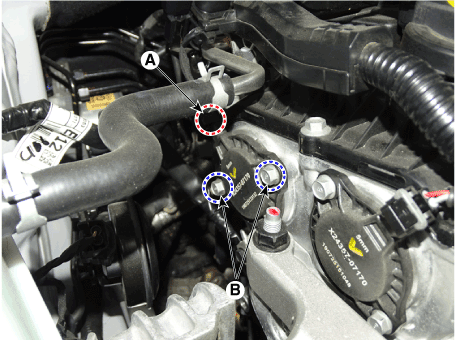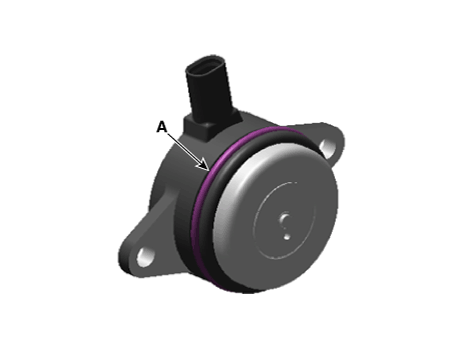Hyundai i-30: Engine Control System / Variable Force Solenoid (VFS)
Hyundai i30 (PD) 2018-2025 Service Manual / Engine Control / Fuel System / Engine Control System / Variable Force Solenoid (VFS)
Description and operation
| Description |
Continuous Variable Valve Timing (CVVT) system advances or retards the valve
timing of the intake and exhaust valve in accordance with the ECM control signal
which is calculated by the engine speed and load.
By controlling CVVT, the valve over-lap or under-lap occurs, which makes better
fuel economy and reduces exhaust gases (NOx, HC) and improves engine performance
through reduction of pumping loss, internal EGR effect, improvement of combustion
stability, improvement of volumetric efficiency, and increase of expansion work.
This system consist of the CVVT Oil Control Valve (OCV) which supplies the engine
oil to the cam phaser or cuts the engine oil from the cam phaser in accordance
with the ECM PWM (Pulse With Modulation) control signal, the CVVT Oil Temperature
Sensor (OTS) which measures the engine oil temperature, and the Cam Phaser which
varies the cam phase by using the hydraulic force of the engine oil.
The engine oil getting out of the CVVT oil control valve varies the cam phase
in the direction (Intake Advance/Exhaust Retard) or opposite direction (Intake
Retard/Exhaust Advance) of the engine rotation by rotating the rotor connected
with the camshaft inside the cam phaser.
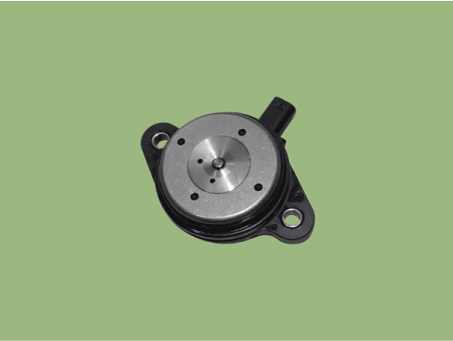
Specifications
| Specification |
[Bank 1 / Intake, Exhaust]
|
Item |
Specification |
|
Coil Resistance (Ω) |
5.12 - 6.12 [20°C (68°F)] |
|
Output Voltage (V) |
10 - 16 |
Schematic diagrams
| Circuit Diagram |
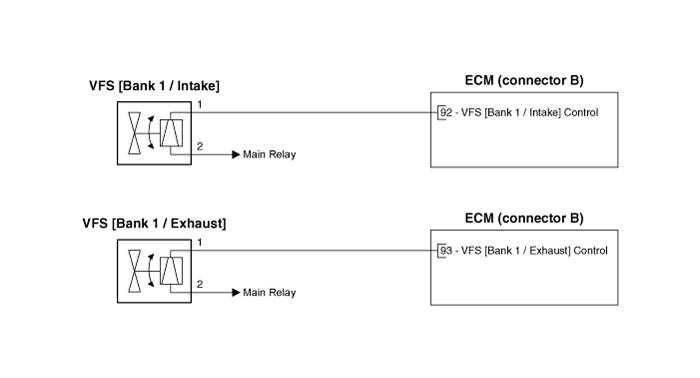
Harness Connector
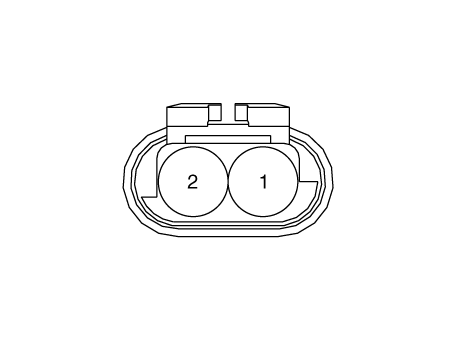
Repair procedures
| Removal |
Variable force solenoid (VFS) [Bank 1 / Intake]
| 1. |
Turn the ignition switch OFF and disconnect the battery negative (-)
cable.
|
| 2. |
Disconnect the variable force solenoid connector (A).
|
| 3. |
Remove the engine mounting support bracket.
(Refer to Engine Mechanical System - "Engine Mounting")
|
| 4. |
Remove the variable force solenoid from the engine after loosening mounting
bolt (A).
|
Variable force solenoid (VFS) [Bank 1 / Exhaust]
| 1. |
Turn the ignition switch OFF and disconnect the battery negative (-)
cable.
|
| 2. |
Disconnect the variable force solenoid connector (A).
|
| 3. |
Remove the variable force solenoid from the engine after loosening mounting
bolt (B).
|
| Installation |
|
| 1. |
Install in the reverse order of removal.
|
 Purge Control Solenoid Valve (PCSV)
Purge Control Solenoid Valve (PCSV)
Description and operation
Description
Purge Control Solenoid Valve (PCSV) is installed on the surge tank and controls
the passage between the canister and the intake manifold...
 Electric WGT Control Actuator
Electric WGT Control Actuator
Description and operation
Desrcription
Installed on the turbocharger, the Electric Waste Gate Actuator operates the
valve in the Waste Gate Turbocharger (WGT) and regulates the amount of compressed
air by using the ECM’s signals...
Other information:
Hyundai i30 (PD) 2018-2025 Owner's Manual: Low aspect ratio tyres
A low aspect ratio tyre, of which the aspect ratio is lower than 50, is designed for a sporty-look vehicle. The low aspect ratio is to optimize handling and braking. Thus, it may be uncomfortable to ride and it may generate noises, in comparison with a normal tyre...
Hyundai i30 (PD) 2018-2025 Owner's Manual: Interior features
Ashtray To use the ashtray, open the cover. To clean the ashtray: The plastic receptacle should be removed by lifting the plastic ashtray receptacle upward after turning the cover counterclockwise and pulling it out. WARNING Putting lit cigarettes or matches in an ashtray with other combustible materials may cause a fire...
Categories
- Manuals Home
- 3rd Generation i30 Owners Manual
- 3rd Generation i30 Service Manual
- Shift-lock system. Shift-lock release
- Exhaust System (DPF) Warning Light. Glow Indicator Light
- Tyre pressure monitoring system
- New on site
- Most important about car
Panorama sunroof
If your vehicle is equipped with a sunroof, you can slide or tilt your sunroof with the sunroof control lever located on the overhead console.
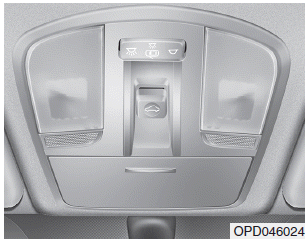
The ignition switch must be in the ON position before you can open or close the sunroof.
The sunroof can be operated for approximately 30 seconds after the ignition key is removed or turned to the ACC or LOCK(or OFF) position. However, if the front door is opened, the sunroof cannot be operated even within 30 seconds.
Copyright © 2025 www.hi30.net

